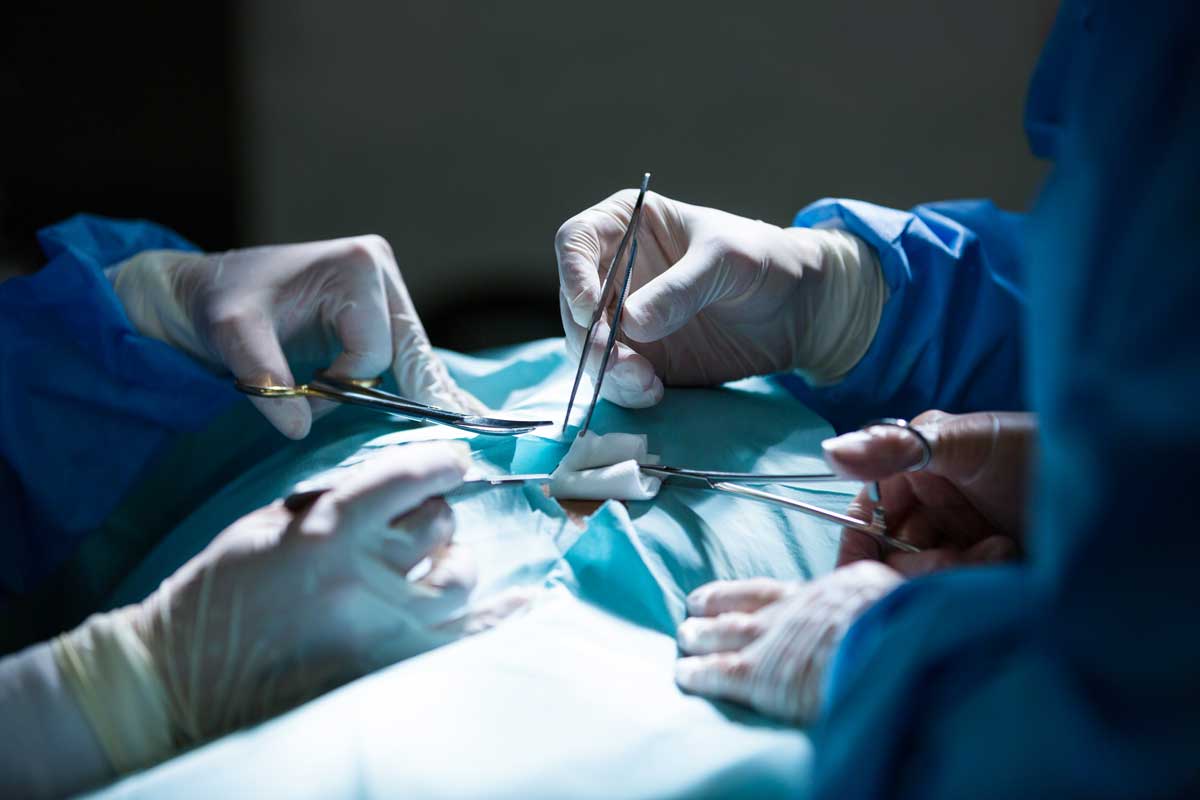The management of post-operative pain is a challenge for both physicians and patients. In addition to a comfortable recovery, the prevention of chronic pain and improvement of conventional outcomes are important in post-operative pain management.
The rat plantar incisional model (brennan model) has been a popular model for post-operative pain research. It offers researchers the ability to examine the wound healing process, local and systemic inflammatory responses, neurophysiological changes in primary afferents and dorsal horn neurons and the effects of potential new therapeutics. While the rat plantar incisional model continues to provide valuable data, the development and assessment of topical and local treatment methods in this model is limited.
Pigs are comparable to humans in a number of ways that make them a better choice than rodents when modeling particular aspects of post-operative pain. The skin of pigs is relatively hairless and is structurally similar to humans in terms of epidermal thickness, fixed nature of subcutaneous layer, patter of cutaneous blood flow and immune cells that localize to the skin. Pigs have become a standard model of the wound healing process because of similarities to the human wound healing including re-epithelialization rather than contraction. These qualities allow researchers to simultaneously examine wound healing and pain evaluation in order to gain a better understanding of interactions between the processes.
For this reason, we have developed a model of post-operative pain based on the benefits of the Brennan rat model but with a closer approximation to human physiology, anatomy and metabolism.
Benefits of the pig as a model of post-operational pain:
- Duration and level of pain lasts at least 7 or more days post surgery, which enables possible assessment by repeated treatment for development of new analgesic agents
- The location of the incision provides convenient application of patches, cream injections or other local treatment
- Allows for follow-up monitoring of incision closure and healing
- Responsive to local as well as systemic treatments
- Similarities in pain tolerance between human and pigs
- Analgesic responses to medications comparable between humans and pigs
- Measurement of pain response via Von Frey, similar to that in humans
References
- Sullivan, TO, Eaglestein WH, David SC, Mertz P: The pig as a model for human wound healing. Wound repair and regeneration 2001; 9:66-76
- Marquest F., Bonneau M., Pascale F., Urien C., Kang C., Schwartz-Cornil I., Bertho N: Characterization of dendritic cells subpopulations in skin and afferent lymph in the swine model. PLoS One 2011; Jan 27:6(1):el6320
- Swindle M., Makin A., Herron A., Clubb Jr F., and Frazier K: Swine as models in biomedical research and toxicology testing. Vet Pathol. 2012; Mar 49(2):344-56. Epub 2011 Mar 25.



